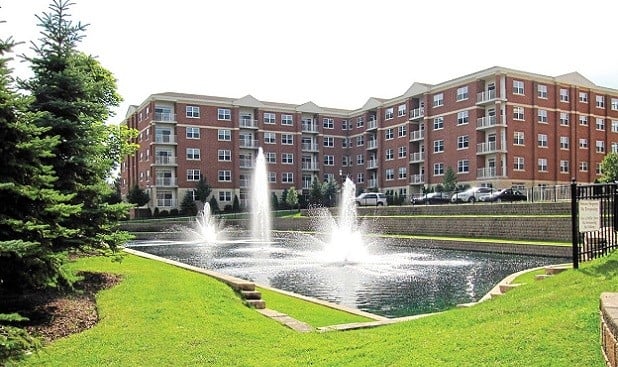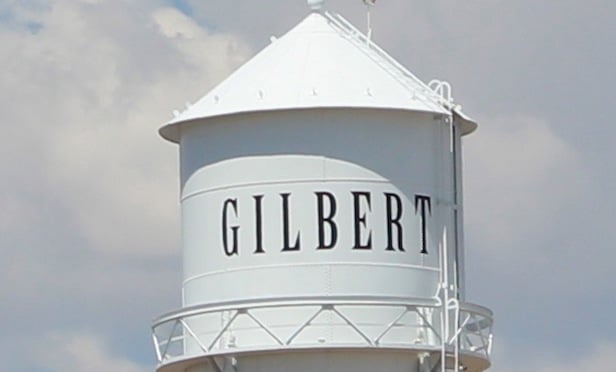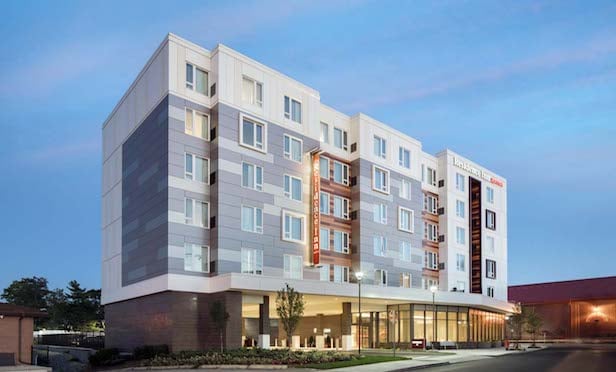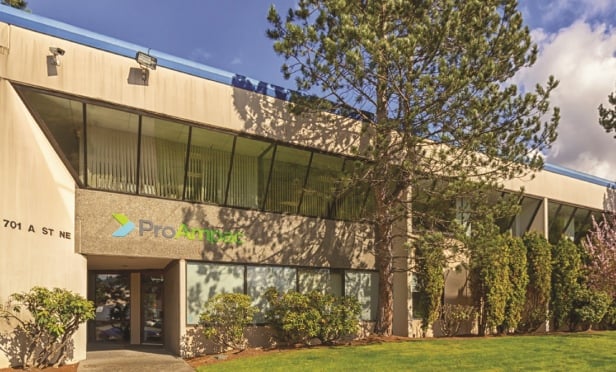
CHICAGO—The multifamily boom will not end any time soon, but 2018 is the year that the present construction cycle will hit a peak. That's the conclusion reached by researchers from Marcus & Millichap, who just released their latest market report. They also say that even though developers have finished thousands of new residences in the city, further expansion of the downtown office market should attract enough new workers to eventually absorb these units.
“The Old Main Post Office, for example, is being redeveloped into 2.8 million square feet of class A office space and could be ready for occupancy in early 2019,” according to the market report. “Elsewhere, the former Chicago Tribune distribution site is being redeveloped into multifamily and office space. As new workspace comes online, employees will absorb nearby apartments.”
In 2017, developers finished 5,585 units in Chicago, and the city's inventory increased 3.2%, Marcus & Millichap says. Apartment rent growth slowed to 3.4% in 2017, “marking the third year in a row that operators have been more conservative in the face of competition.”
And rising rents have finally sparked new development in the suburbs. Before last year, the five-year average rent hike was just 3.0%, but in 2017 effective rents soared 6.9% to $1,221 per month. And builders finished 5,000 suburban units in 2017, a big boost over previous years, when an annual average of about 1,900 units were completed. But suburban inventory only increased 1.0%, and “conditions in the suburbs are sufficiently tight to enable operators to lift rents significantly again this year.”
All that new construction in the city resulted in a 140 bp increase in vacancy last year to 6.5%, Marcus & Millichap also finds. Occupancy was more stable in the suburbs, where the rate inched up just 30 bps to 5.2%.
Multifamily developers will have another big year in 2018. Across the city and suburbs, they will complete another 10,500 units. The Loop, River North and Streeterville will remain a big focus. Completions in these submarkets will total 4,900 units. The metro region's vacancy rate will go up again, and end the year at 6.3%, a boost of 30 bps. Rent growth will slow down to 3.0% after hitting 5.3% in 2017.
“Institutional buyers may shy away from core locations until demand has an opportunity to match the influx of supply coming online,” Marcus & Millichap says. “Lower-tier assets, however, should continue to draw capital from local and out-of-state investors. Average cap rates for lower-tier properties can reach into the low-7% range.”
© Touchpoint Markets, All Rights Reserved. Request academic re-use from www.copyright.com. All other uses, submit a request to [email protected]. For more inforrmation visit Asset & Logo Licensing.







